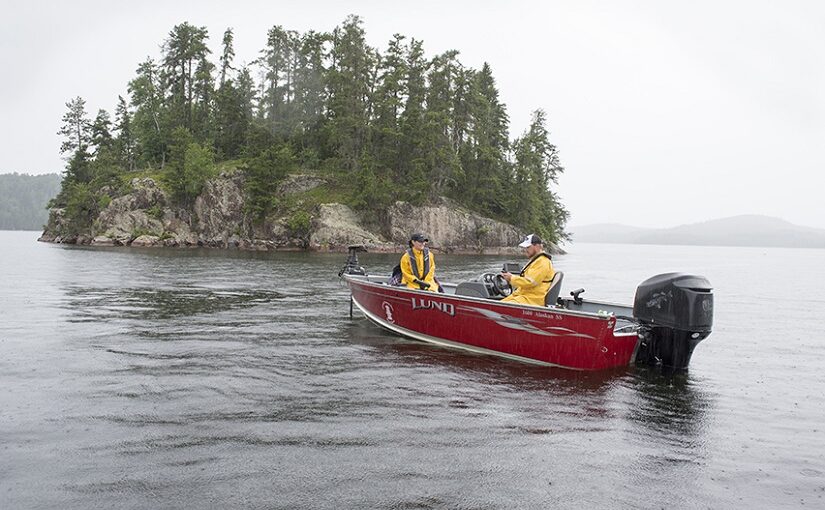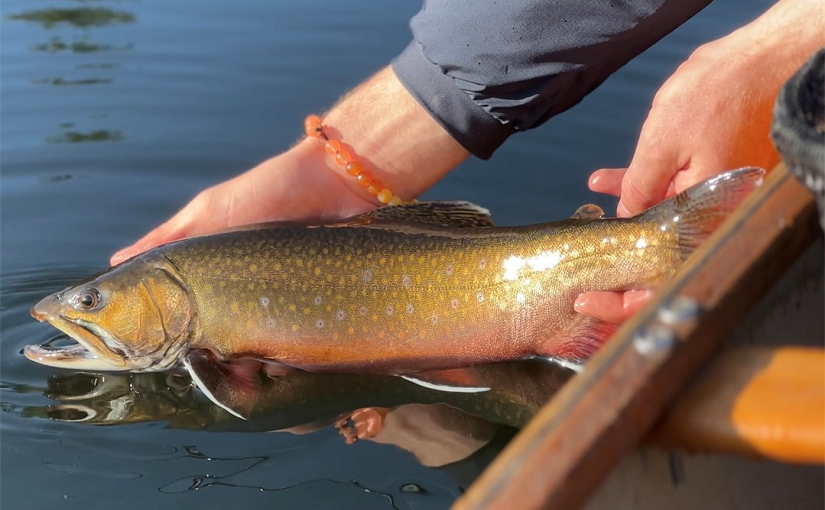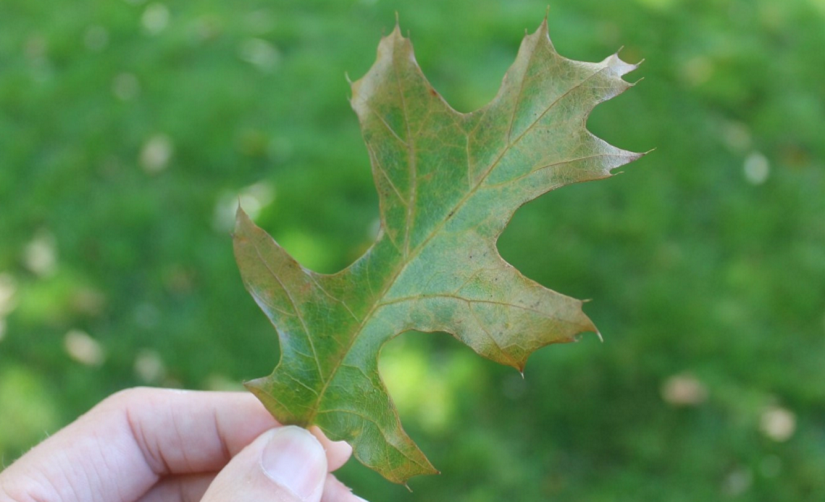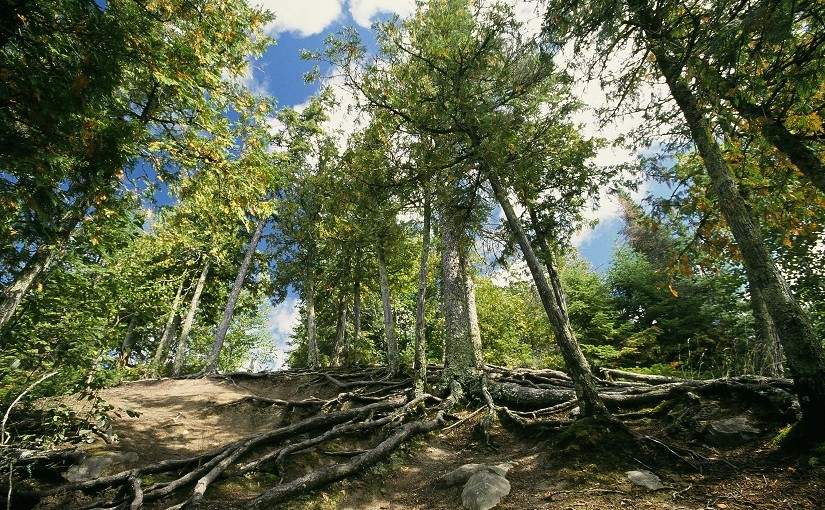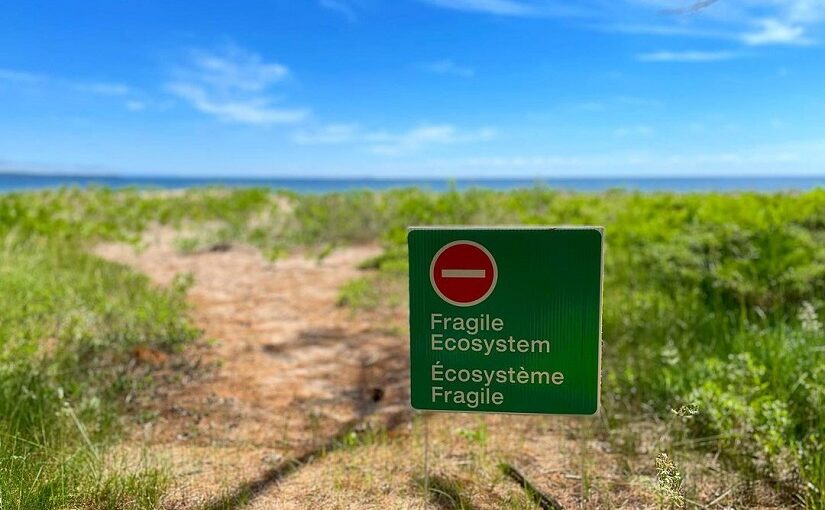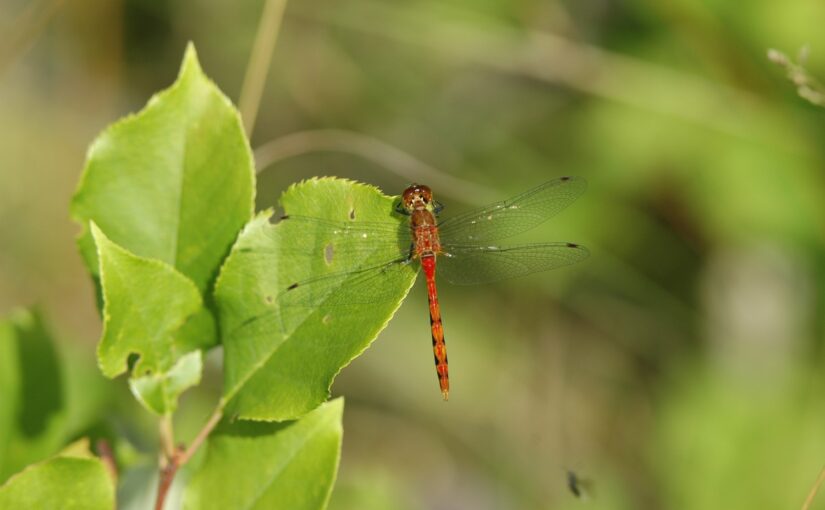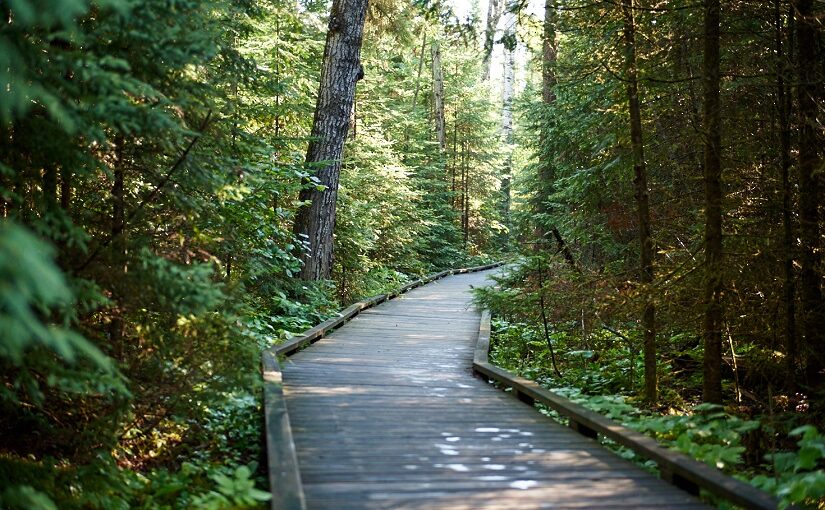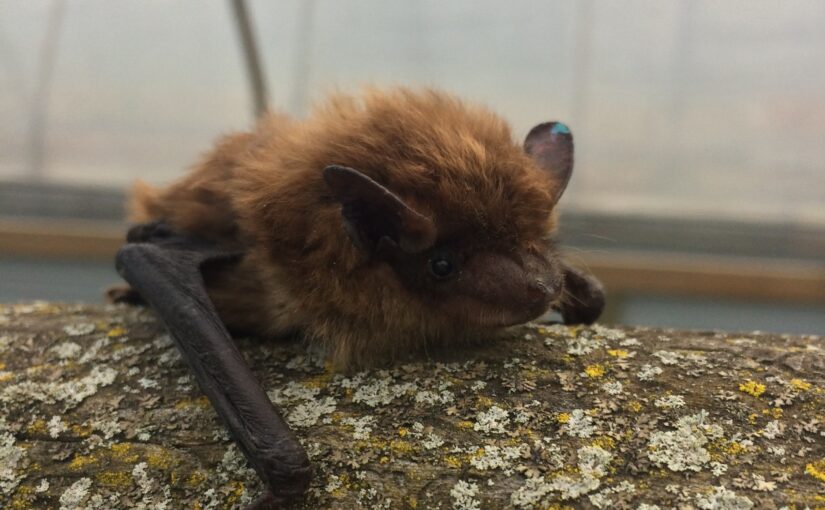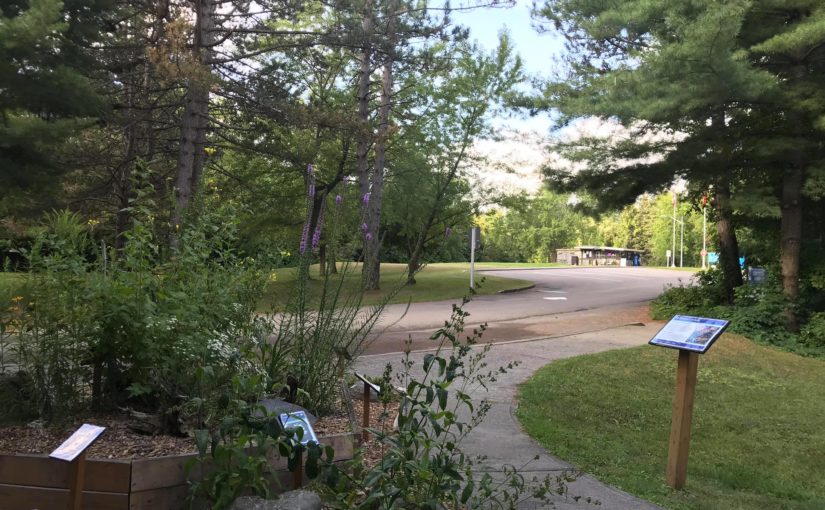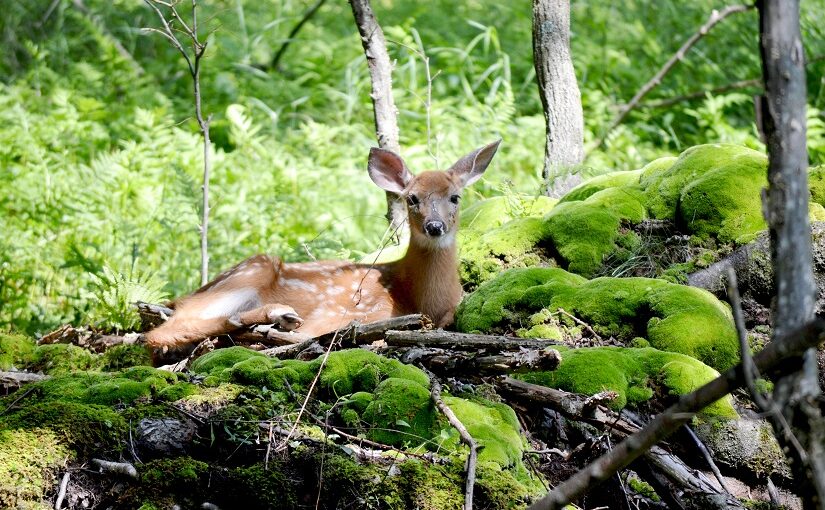You’ve recently unwrapped the latest iphone or a shiny new digital camera, perhaps an SLR with some fancy lenses.
Now you have itchy shutter fingers. You’re ready to point your camera at something spectacular and capture a beautiful memory forever. But where to go?
Not to brag, but Ontario Parks are beautiful, iconic places. Covering nearly 10% of the province and protecting some of Ontario’s most rare and scenic habitats, our parks are home to a variety of wildlife, from fascinating insects to enormous moose.
Basically, they’re a photographer’s dreamscape.
We’re animal lovers too. We know how exhilarating wildlife encounters can be. We understand how badly you want that perfect photo.
But before you hit the road, ask yourself: is taking the perfect photograph worth risking an animal’s life or an ecosystem’s health?
If your answer is “no,” check out our list of seven common photography infractions to ensure you’re keeping our parks safe and healthy.
Continue reading Are you an ethical wildlife photographer?
